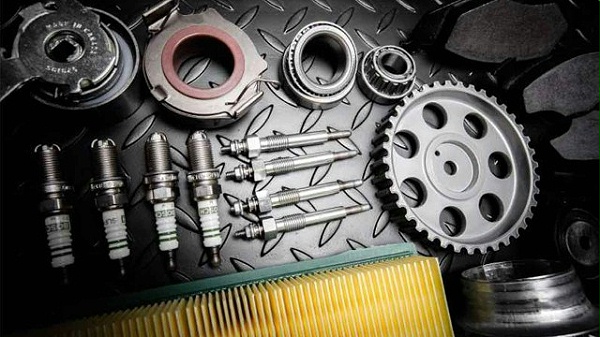In this article, Millired will introduce the meaning of deviation and tolerance in machining.
Dimensional deviation=A size (actual size, limit size, etc.)-Nominal size
Actual deviation=Actual size-Nominal size
Limit deviation=Limit size-Nominal size
Upper limit deviation(ES/es)=Upper limit size(Dmax/dmax)-Nominal size(D)
Lower limit deviation(El/ei)=Lower limit size(Dmin/dmin)-Nominal size(D)
Tolerance is the amount of allowable dimensional variation, and tolerance and deviation are two different concepts. The size of the tolerance determines the size of the range of allowable size changes, the nominal size is the same, the greater the tolerance value, the lower the accuracy of the workpiece, on the contrary, the higher the accuracy of the workpiece.
Dimensional tolerance(T)=Upper limit deviation(Dmax/dmax)-Lower limit deviation(Dmin/dmin)

Billion leride Focusing on micro-precision, we provide measuring equipment and technical services for home appliances (compressors), automotive, aerospace (aerospace), precision machining, semiconductor manufacturing and other industries. If you are interested or want to know more detailed information, please click on our online customer service for consultation, or call the national unified service hotline directly
400-682-7787. We look forward to your call!

